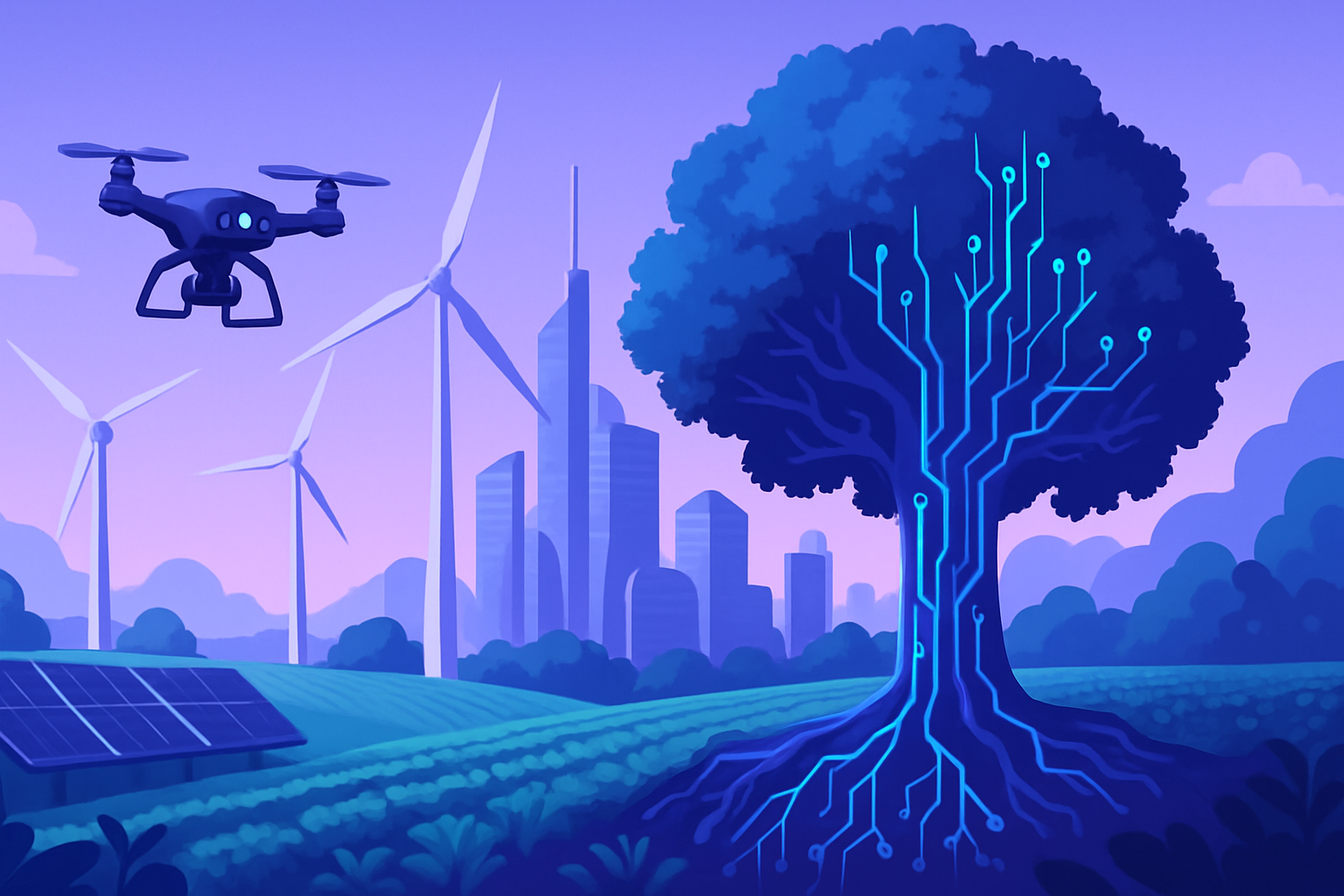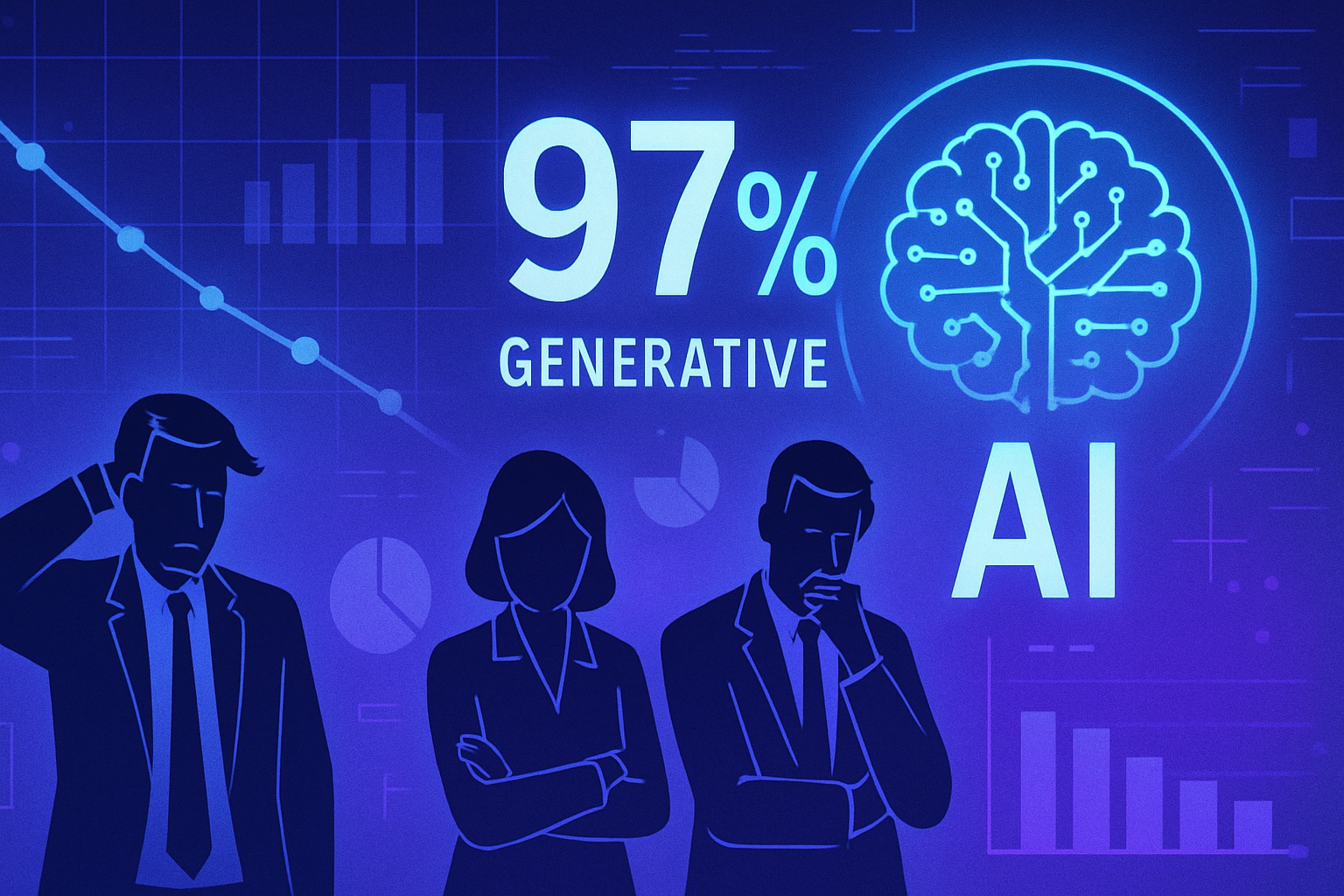Awakening our consciousness to the ecological emergency requires the diligent integration of artificial intelligence. This technological phenomenon deploys unprecedented tools to confront climate challenges. The reduction of environmental inequalities is positioned as a priority, omnipresent in these initiatives.
AI applications are revolutionizing methods for biodiversity preservation and energy optimization. Through advanced modeling of ecological systems, a new era of solutions emerges to understand and protect our planet.
The stakes of the climate crisis
In the face of accelerating climate change, the scientific community is mobilizing to devise sustainable solutions. The consequences of environmental degradation threaten not only biodiversity but also our health and that of future generations. Coordinated public policies are necessary to minimize these devastating impacts.
The role of artificial intelligence
Researchers are considering using artificial intelligence (AI) as an essential tool to tackle these ecological challenges. Working at the intersection of multiple disciplines, AI offers innovative methods to analyze massive volumes of environmental data. Through these analyses, it becomes possible to predict extreme weather phenomena and optimize the management of natural resources.
Optimization of energy grids
The integration of renewable energies into energy systems represents a priority. AI contributes to modeling complex algorithms that enable better management of the electrical grid. These algorithms work to balance energy supply and demand, taking into account the variability of renewable sources. Optimizing these networks could reduce costs while improving their efficiency.
Data resources and accessibility
A major challenge remains access to the data necessary for training AI systems. Many critical data remain private, subject to security concerns or commercial implications. The development of synthetic data is envisaged as an alternative solution to feed AI systems without compromising the security of critical infrastructures.
International collaboration
Collaboration between researchers and governments is essential to achieve tangible results. Initiatives bringing together scientists, policymakers, and specialists in ecological technologies are crucial for sharing best practices. This synergy improves mitigation strategies in the face of a global climate crisis.
AI applications in public health
AI also finds significant applications in public health. Analyzing environmental data allows for a better understanding of the impact of pollution on human health. Predictive models help identify vulnerable populations and anticipate healthcare needs. Air monitoring, for example, is carried out through platforms integrating connected sensors and advanced analysis systems.
Anticipating natural disasters
The ability of AI to analyze historical and current data offers a unique potential to anticipate natural disasters. Based on predictive models, governments can better plan emergency responses. These strategies help minimize human and material losses during extreme events.
Education and awareness
Raising public awareness of environmental issues is crucial. Integrating AI into educational programs facilitates learning for young people. These initiatives aim to train a new generation aware of the challenges related to environmental degradation and equipped with the necessary tools to act.
State challenges around regulation
Governments must face regulatory challenges regarding the use of AI. Current laws must evolve to adapt to new technologies while protecting citizens’ privacy. Transparency of algorithms is essential to maintain public trust regarding AI applications.
A promising future with AI
The convergence between AI and environmental initiatives offers exciting prospects. Ongoing research into innovations in this field could transform our relationship with the environment and optimize the systems that govern our daily lives. The potential of AI to safeguard the health of our planet is immense and still partially untapped.
Frequently asked questions about using AI to protect the health of our planet
How can AI contribute to the fight against climate change?
AI can identify energy consumption patterns, optimize electrical grids, and improve the management of renewable resources, thereby reducing greenhouse gas emissions.
What types of data are necessary to train AI models aimed at protecting the environment?
Atmospheric data, energy use information, biodiversity data, and statistics on natural resources are essential to train effective AI models.
How can AI assist in forecasting environmental disasters?
AI algorithms can analyze large amounts of environmental data to predict extreme events such as floods, wildfires, or storms, thus allowing for better preparedness.
Which sectors can benefit from using AI to improve sustainability?
The agriculture, energy, waste management, and transportation sectors can all benefit from AI to reduce their environmental impact by optimizing their operations.
What are the challenges associated with using AI in the fight against environmental degradation?
Challenges include collecting sufficient data, data privacy, the need for computational resources, and the complexity of AI models to integrate into sustainability practices.
Can we trust the decisions made by AI regarding the environment?
Trust in AI decisions depends on the transparency of their processes and outcomes, as well as regular human validation to ensure that proposed solutions are relevant and applicable.
What is the relationship between AI and education on environmental issues?
AI can provide personalized learning tools that raise awareness and educate users about environmental issues, thereby encouraging more sustainable behaviors.
What are some concrete examples of initiatives using AI to protect the planet?
Projects use AI for biodiversity monitoring, optimizing irrigation systems in agriculture, and managing renewable energy networks to maximize their efficiency and minimize losses.
How can governments integrate AI into their environmental policies?
Governments can use AI to analyze environmental data, assess the impact of policies, and model future scenarios to develop more effective strategies for sustainability.






